Game Development | Working On Lighting On My Worst Map
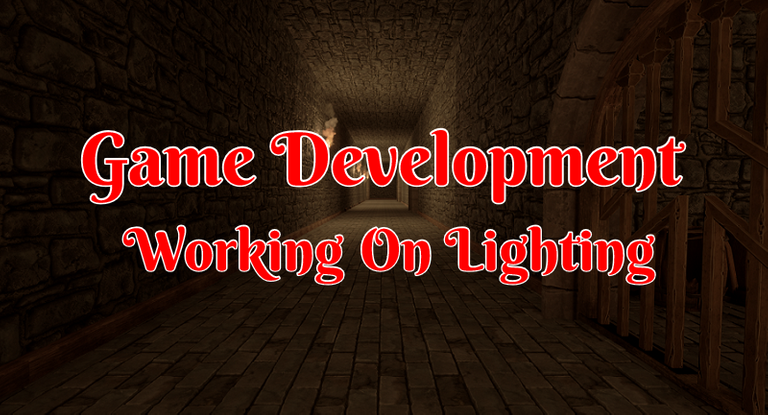
Lighting is one of those things that can take a while to get right since you have to bake it and that can ages. Some of the maps I have in my game are caverns and stuff like that where I’m fine with it being hard to see in certain areas. Then you have indoor buildings where it’s so dark you don’t even notice you passed a door. That is a bit of an issue so I started working on my worst map that suffers greatly from how dark the lighting is.
A couple of months back I created Soldier Quarters map. It was quite a simple map and one of my smallest to date. While I have been back in there a few times to add in monsters, doors, and some other things. Lighting I’ve not touched.
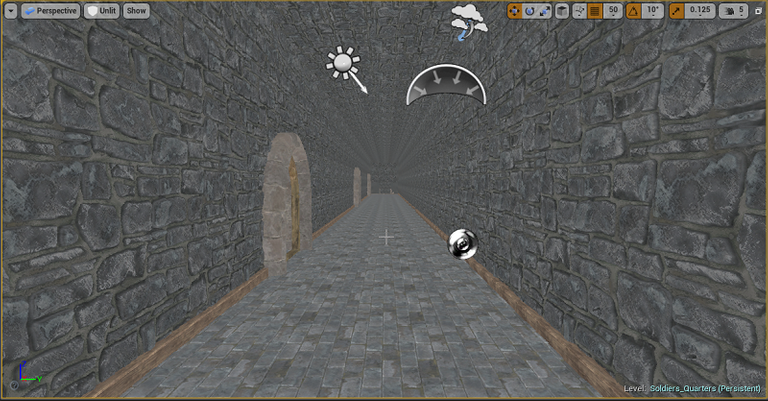
This is the map’s starting area. Back before I had any lighting sources in it among a few other things. I also have the game developer’s unlit option enabled in Unreal Engine 4(UE4) just to see in there. Otherwise, it would be pitch black.
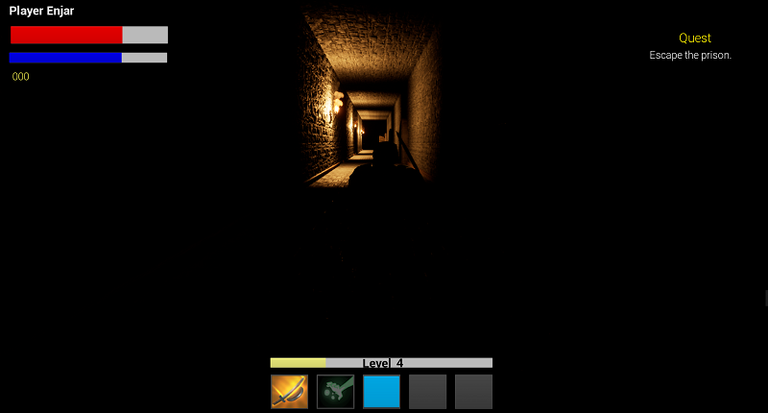
After I had put in some lighting a few months back I had quite a few spots that were like the one in the above screenshot. You might not even notice what is on the right. It had some externally dark spots even though light sources were slightly overlapping as it was. The light was just not getting to the edges.
While it was tempting to just spam the area with more light sources I’m glad I didn’t. I would not have any issues at the time with them all being set as moveable. Once I had learned more about lighting and did some optimization I switch them over to stationary to take advantage of light baking. There would have been too many light sources to close together and UE4 would have disabled some. While that can be overridden in a file there are some performance reasons for not doing so.

This is one of my first attempts while playing around with some settings. One thing I do have an issue with overall is high contrast in several maps. This is quite easy to see on the wall next to the torch.
While I was on this map I also redid my light importance volumes. With this being one of my earlier maps and the smallest I just had a single one around everything. This covered a lot of dead space that did not need any importance for lighting being rendered in areas. As a result, I ended up adding 24 light importance volumes throughout the map only covering areas that players would see.

One thing I did to combat the high contrast was add in a post-process volume. While that kind of volume can add a significant amount of time to building lighting and is far more advanced than I have the knowledge or external tools to fully utilize it. It did the trick with some help of finding online numbers for settings things like film: slope, toe, and shoulder. I’m not even going to pretend to fully understand those.
The biggest issue now is it did its job a little too well. While it did lighten the darkest areas with some exposure changes to how the lighting was set up. The scene overall got darker than I would have preferred. Making it somewhat hard to see and move around in on this level.
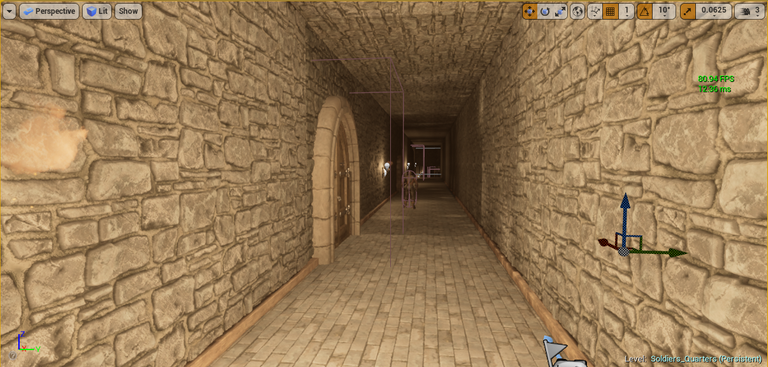
I started playing around with the number of light bounces, static lighting levels, and quite a few other settings regarding lighting. What I was expecting to take half an hour to compute and build new lighting it took well over two with all the things I was adding on. It also did not have as big of an effect as adding in a post-process volume did.
While I could have saved a lot of time setting up an even smaller map with just a couple of tiles for a hallway to test things out. This map has quite a few different size rooms, hallways, and even lighting situations. It allowed me to go through the entire map and see the results which were well worth the waiting time.

At this state of things, I finally worked out why my bounce lighting being set to 10 was having very little effect if any. Even in the amount of research I did into lighting, watching videos in the UE4 learning center, and reading some documentation. There was not a heavy emphasis unless I missed it on the setting called indirect lighting intensity. That was quite a game-changer to work out by changing it.
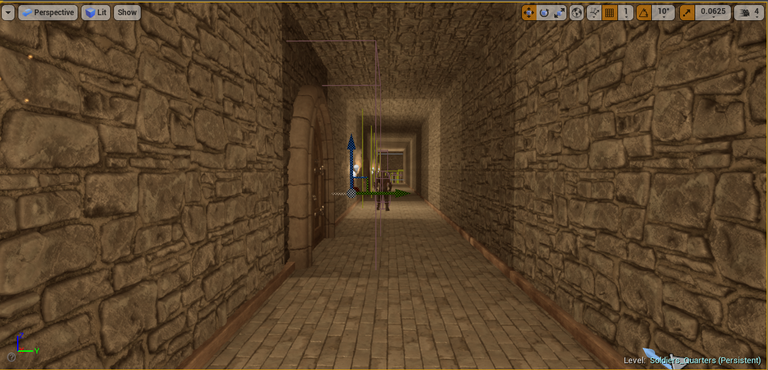
I ended up reducing quite a few numbers once I was getting some global lighting like I wanted off my light sources. I even reduced the intensity of my lighting by over 40%. Along with dropping the number of times light bounced in half.
While this did present some other issues like the way the light was having a noticeable effect on individual meshes as we can see on the wall, ceiling, and floor. This was at least moving in the right direction. The meshes also don’t have high resolution for lighting. Everything is also up to this point being built on preview quality lighting.
One of the bigger impacts for the time I believe came from undoing my changes to static lighting level. Reducing that number increases the quality and heavily increase build times. I went from two hours and five minutes in build time down to just fifty-four minutes. What a time savings!

This final one I was going be gone for a few hours so I made some final changes and set light to be built at high quality. It took almost six hours to complete. This is in part why I don’t do that kind of thing normally. This is also my smallest map so I can only imagen how long other maps are going to take for a final build one day.
Final Thoughts
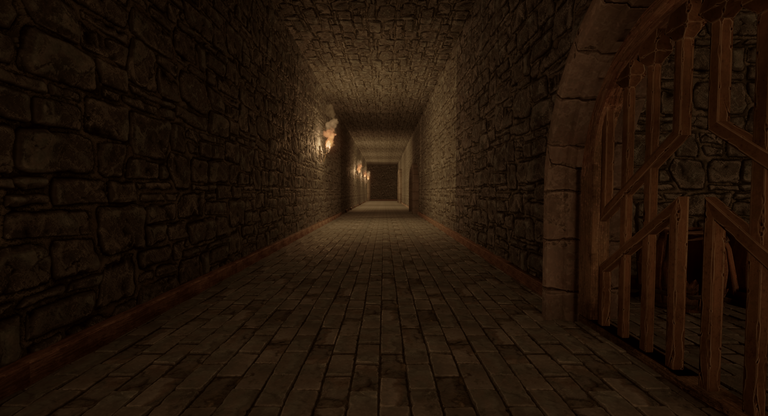
The cover image for this post should have been the spot I was in before where it was too dark to see anything. One last look without any text around it at a higher resolution I felt was in order. Quite the improvement from where I started I feel.
It’s tempting to turn lighting up just a tad more in intensity and some other stuff. That would resolve the lower resolution issues that are apparent on the meshes unless I wanted to up them more. Then again waiting 6 to 12 hours is not so appealing and while it would be close without rebuilding I would need to anyways. So, for now, I’ll leave it as it is.
Still not mind-blowing amazing as my computer would need to handle building it without catching on fire. Along with the fact I don’t have third party professional tools for bumping it up to the next level. Nor would I know how to use them. The crazy things people can do with lighting in UE4 is mind-blowing some times.
Other Posts:
- 24. Adding In Working Doors And Moving Walls
- 25. Main Town Map Part 2
- 26. Performance And Optimization
Information
Screenshots were taken and content was written by @Enjar. Screenshots are from Unreal Engine 4.


#posh https://twitter.com/EnjarGames/status/1271620792154050561
Congratulations @enjar! You received a personal badge!
You can view your badges on your board And compare to others on the Ranking
Support the HiveBuzz project. Vote for our proposal!
Thanks you are the first one!
Awesome! What a great reason to celebrate @enjar! Thanks for sticking around for that long!
Happy Hive Birthday!
🎈🎉🎂🎈🎉
cheers to you!
lizanomadsoul
PS: It would be very appreciated if you could support our proposal so we can keep up the good work!
Hey we are Birthday Buddies!!!
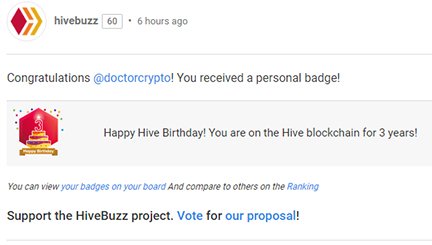
I got mine today too!!
We started on the same day and yet I am just a peasant compared to you. :)
Your game is looking great!
I've done some minimal Unity stuff and I admire all the meticulousness that is involved here. This post shows why it is important though. Gotta have the right light!
Awesome! Happy Hive birthday!
My game is going take a couple of years so I thought I might as well share my experience trying make it. It’s been a crazy adventure so far.
What kind of game where you making? Are you going attempt it again at some point?
I’ve been really loving Unreal Engine 4 and when 5 comes out that going be even crazier if I can convert over.
When I say minimal...
I completed 3 different simple game making tutorials and then got side tracked with the mobile AR in Unity.
I wanted to make an AR spy game that lets you leave things for other people in real life.
But I didn't know enough about databases and stuff.. That sort of thing sounds totally doable with hive blockchain though. It would just need a bigger brain than mine :)
A number of years ago I tried one of the Unity tutorials. It was some rolling the ball around. Expect the tutorial no longer worked and I kept having to go through form posts and ask people for help getting to the next step.
After getting it to somewhat working it was running at a neck break speed of 3 fps and laged my entire computer out. I gave up and put it behind me.
In 2019 I tried to assemble a team of a couple friends to make a game. It got nowhere we didn’t even pick a game engine.
Start of 2020 I said screw it I’m making a game myself. I found making a roadmap with deadlines to be enough in lighting a fire under me. It’s pure insanity with endless struggle and I love most days I get to work on my project.
I can see how that trello roadmap could help keep you on task.
It seems like you are making good progress with every update you post.
I'm really interested in the voice acting and graphics side of things as well.
I was cast as the Frost Giant and a few other cards in Splinterlands for voice acting, but that is one of the last things to be implemented.
If you could use any help in those departments, say the word.
In fact if you need help with anything let me know.
That's what birthday buddies do!
Thanks for the offer I’m good for now. Outside of buying some assets for things I can’t do myself for now. This is a journey I’m taking by myself as I have a lot of learning to do.
If you ever do try and make your own game consider checking out UE4 soon to be UE5 late next year. They acquired Quixel who create high resolution scans of objects which are used in game development and film. Unreal Engine users get unlimited downloads to use for games they are making in UE4 as its covered under the license.
Some amazing and crazy stuff over there. Most of them are a bit much for me to handle making a game out of being 4k resolution scans and all. It does take some skill to make things more manageable until UE5 is out and more geared for dealing with those kinds of assets.
!ENGAGE 15
ENGAGEtokens.The difference lighting makes to the overall scene. Wow!
Really enjoyed reading your breakdown of the processes. I like to tinker with gamedev and stuff like this gets me inspired to tinker again :-)
I only just came back to my account in the last few days (after a two year break) so the joy for me is seeing that you have 20+ previous gamedev posts for me to start reading and getting inspired from :-)
It's good to see realism in your observation that your game will be years to develop, and it reminds me that long development cycles have to overcome their tools updating through many minor and several major iterations. How do indie devs plan / prepare for chanes to the tools?
Staying in the loop, researching, testing, and then implementing is the path forward I see when it comes to things updating or dealing with a new tool.
Sometimes you do have the choice if you want to update or not. The version of Unreal Engine 4 that I’m running is not the latest. Several things I use simply don’t support the latest versions. I also suspect a lot of things will break if I update. Without there being an improvement in something I want that is worth going through the hassle I simply don’t update.
Once Unreal Engine 5 comes out possibility next year there are several things I would want to convert over to take advantage of if I can. Like the new lighting systems, the engine's ability to optimize high-resolution meshes, and an endless number of other features.
Unreal Engine 5 might also not be polished enough for an indie developer like myself to make the switch. In which case I would still keep an eye on it as ones I’m done with my current project as there would be a high chance the next game I make will be using it.
Since I am also in the Unreal Engine ecosystem I do once a month attended a random livestream they host. While I’m usually the ideal audience for whatever livestream I watch it helps me stay informed and perhaps I have a takeaway about things that could be useful for me down the line.
I also watch a YouTube channel called Gamefromscratch among a few others. He goes over a lot of what is happening across game engines, third party tools, and so forth.
With how long it can take to make a game it can become easy to be obsolete since in many cases updating is not being forced and backward capability tends to be a focus for many tools.
!ENGAGE 15
ENGAGEtokens.